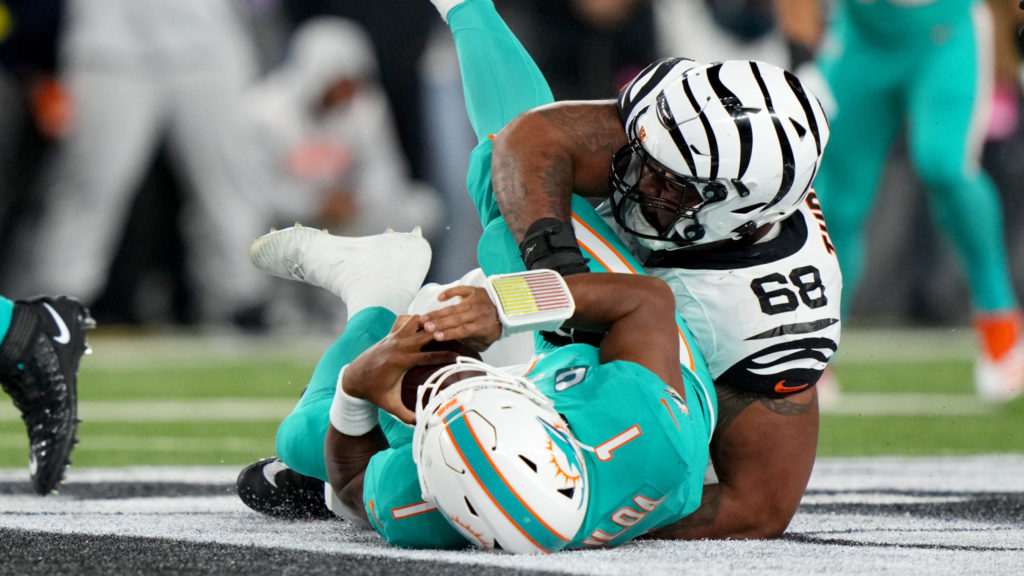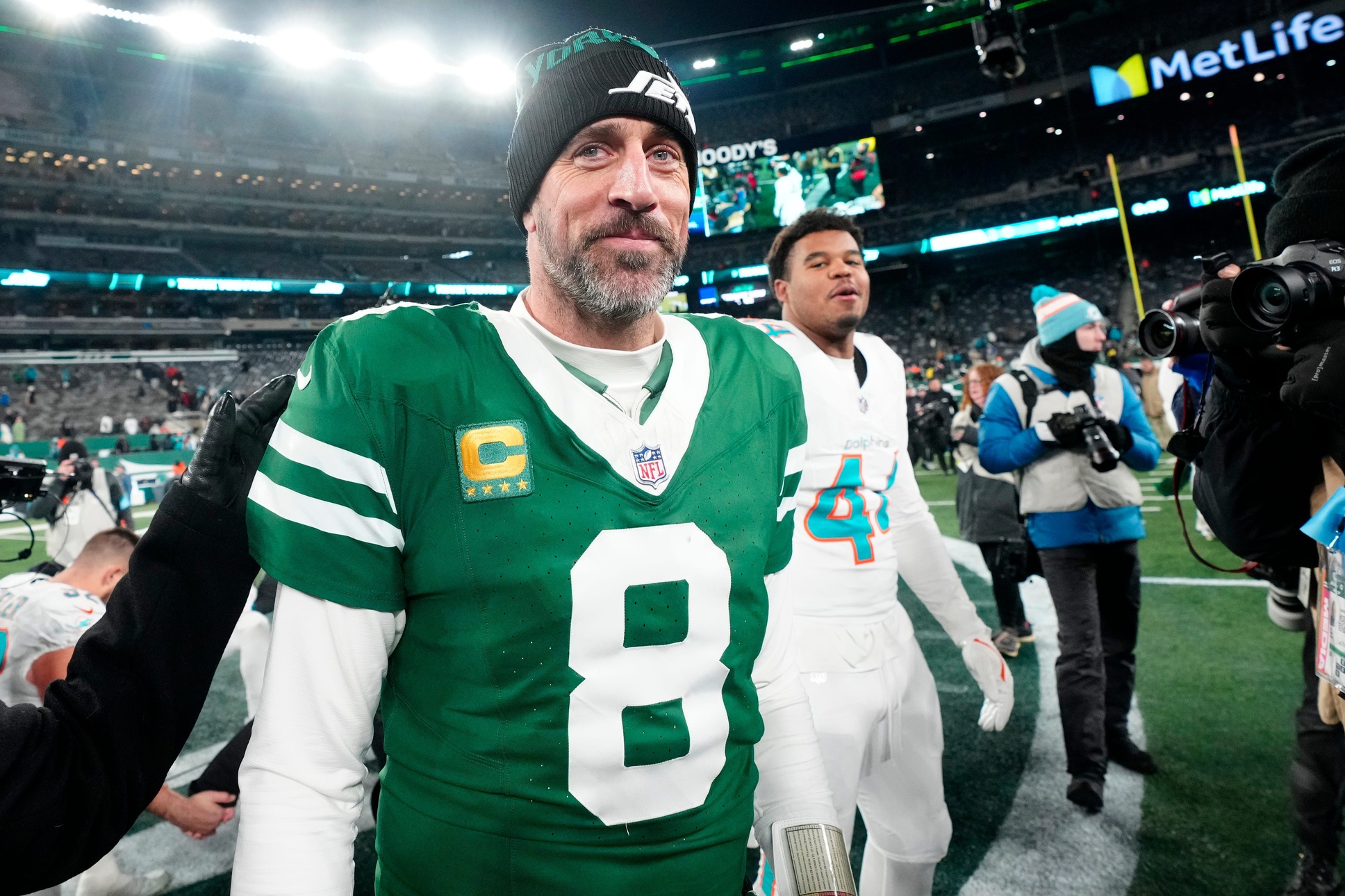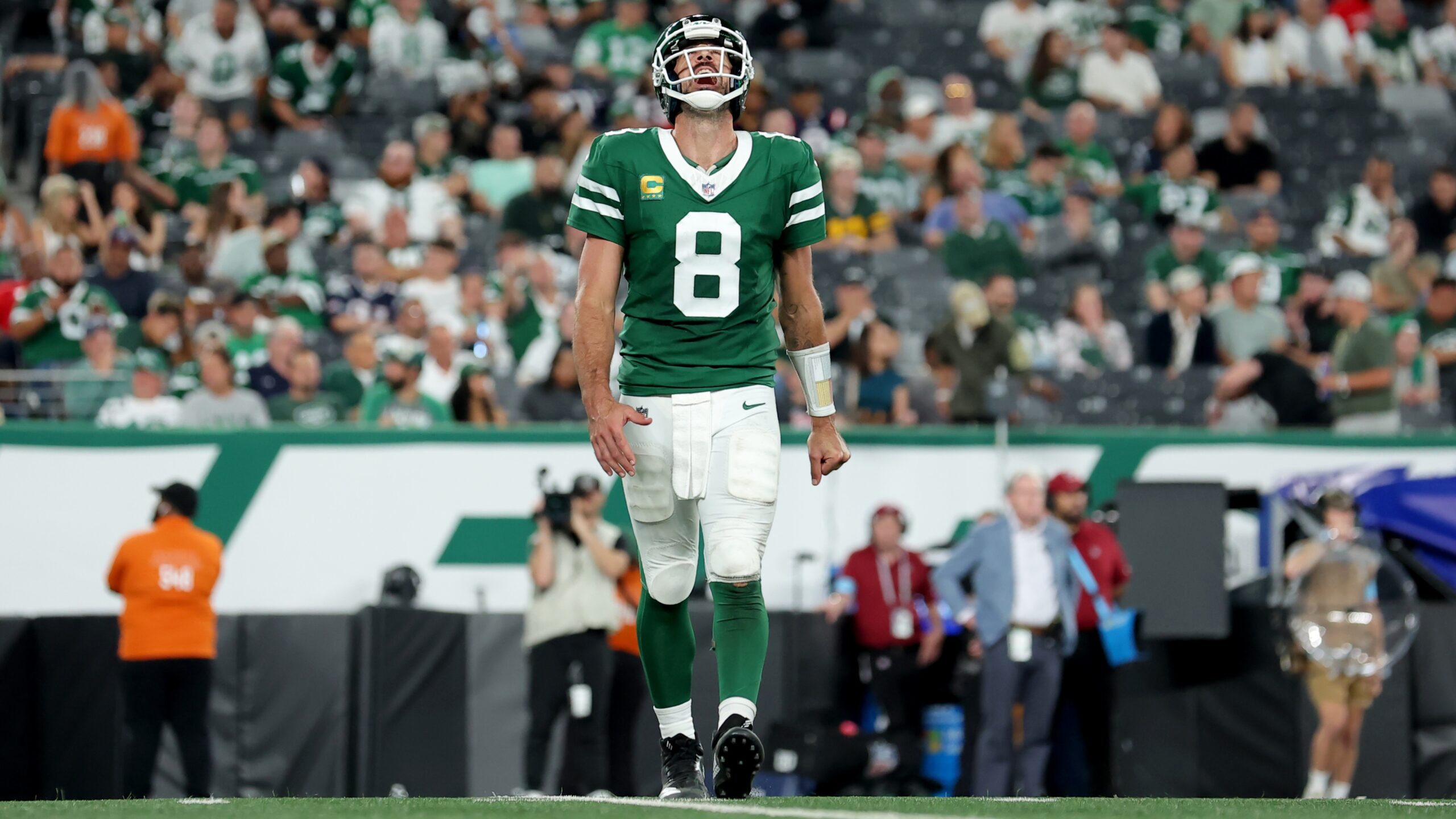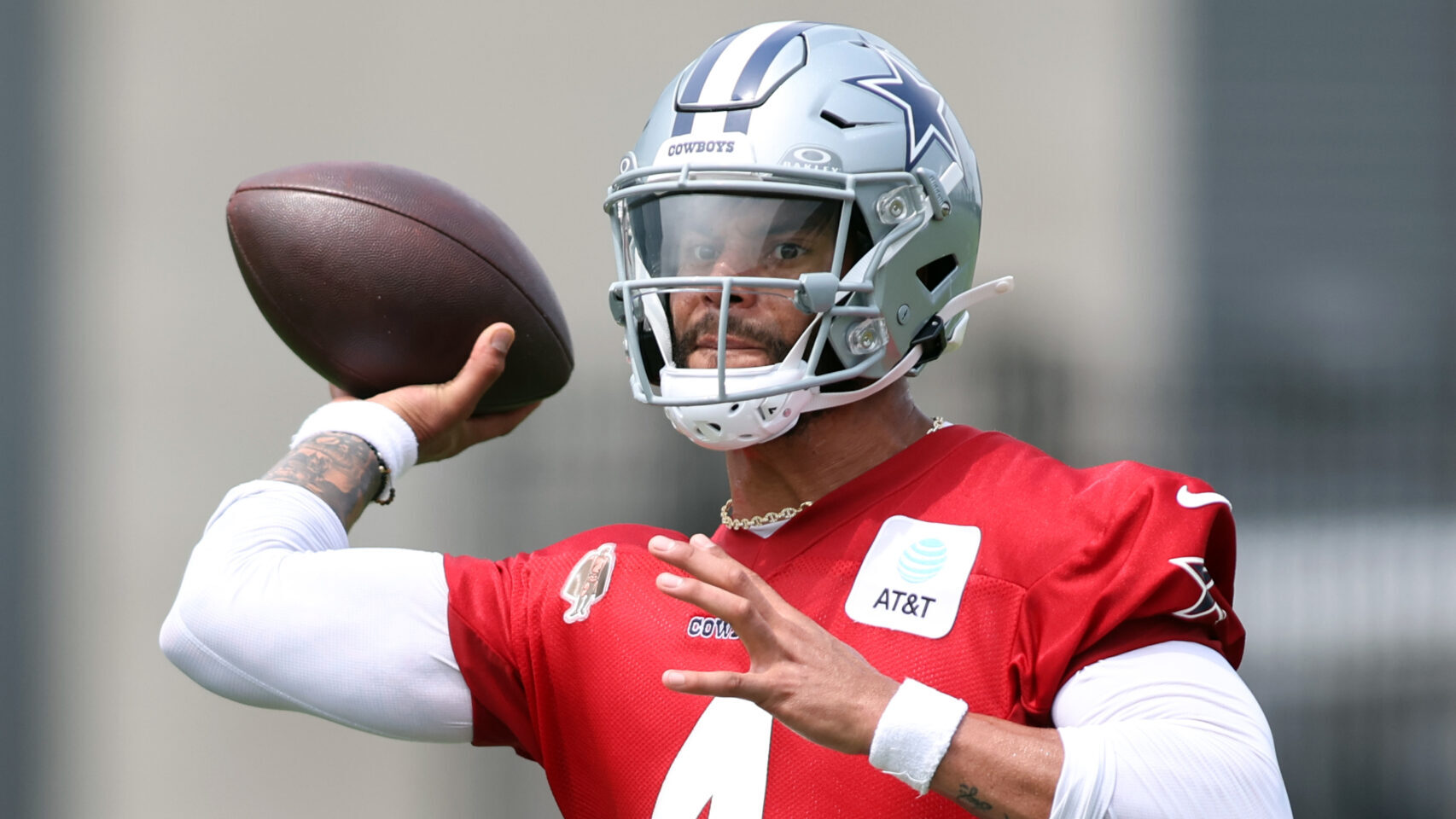Analysis
10/7/22
6 min read
Sports Info Solutions: The Tua Tagovailoa Injury Effect

Scrutiny and outrage can be the terms used to describe the public’s reaction following Tua Tagovailoa’s head injury during the Dolphins' Week 4 matchup on September 29 against the Cincinnati Bengals.
As most football fans are aware, Tagovailoa was carted off the field and transported to a local hospital, where he was diagnosed with a concussion. This injury came just four days after his questionable return from an impact to his head where he was seen wobbling and stumbling during their Week 3 win against the Buffalo Bills. Tagovailoa has already been ruled out for Week 5, but an investigation into the Week 3 events is ongoing.
There are many layers to this story. The primary focus is placed on the NFL’s Concussion Protocol and whether it was followed after Tagovailoa’s Week 3 injury. Additional questions will manifest from this investigation, such as whether or not protocol was followed and what changes to the protocol need to be made. The NFL and the NFLPA have agreed and stated that “modifications to the Concussion Protocol are needed to enhance player safety.”
An emphasis has been placed on the term “Gross Motor Instability” and how it will affect a player’s return to the field. “Gross Motor Instability” can be described as a lack of someone coordinating their body movements. And yes, this description fits what was witnessed after Tagovailoa’s head hit the turf against the Bills. But to be fair, not all stumbles stem from a brain injury.
The diagnosis of concussions is not a black and white process. The symptoms are often subjective in nature, such as a headache, ringing in the ears, nausea, fatigue, or dizziness. If these were the only evident signs, then a failure to report these symptoms would lead to a failure to diagnose. More obvious symptoms exist, such as blurry vision, temporary loss of consciousness, slurred speech, delayed response or reaction time, sensitivity to light, or confusion. Ideally, the glaring symptoms would be identified, and the subjective ones would be reported to prevent incidents such as Tagovailoa’s from occurring. This potential failure at the highest level of football is what brings this topic to the forefront.
The Tua Effect
At Sports Info Solutions, our video scouts tag all suspected injuries that occur throughout the NCAA and NFL games with an associated severity level based on the player’s response. These injuries are subsequently reviewed, updated, and stored within our database. This past weekend of football, Week 5 for NCAA and Week 4 for the NFL, marked the first weekend of action since Tagovailoa was hospitalized. Would the recent events and the public attention affect a player’s return to play rate after a suspected head injury?
Spoiler alert. As you can see from the chart below, it did. The lowest return to play rates of the season occurred during this past weekend’s action, with the effects more pronounced in the NFL.
To understand the chart above, you must understand our injury tracking process. This chart includes all injuries to the head region that were categorized as neurological from the type of contact that occurred and the player’s immediate response after the event. This is not indicative of a confirmed concussion, as it reflects the possibility of a concussion as reviewed from our injury analyst. In essence, this is capturing outward signs present after head trauma, including: A player appearing dazed, stumbling, holding or shaking their head, or needing assistance to the sideline. These observed reactions would warrant further assessment to clear the athlete before returning to the game.
The chart demonstrates that the recent upheaval as it relates to head injuries corresponds to the lowest percentage of players returning to the field after a suspected event. The qualification for an event from the definition above and the number of occurrences we identified within each level of football remained the same for each week throughout this season. The difference in return rates appears to be what we have termed “The Tua Effect.”
If the reduction in return to play rates is lower due to the current attention and corresponding exercise of caution regarding head injuries, then what happens when the national spotlight subsides?
Returning to play with a potential head injury is not only dangerous due to the risk of second impact syndrome, a condition in which someone experiences a second head injury before they recover from the first, but it also means that an athlete will likely participate in subsequent training and practice sessions throughout the week. These are training sessions that will impact the brain’s ability to heal. That could lead to a compromised individual having difficulty concentrating, obtaining adequate sleep, or regulating their emotions affecting personal relationships.
It all seems drastic, but it’s real. Prior to my role at Sports Info Solutions, I was a Certified Brain Injury Specialist working at Joint Commissioned Brain Injury Rehabilitation Hospital. The responsibility of protecting athletes relies on everyone: Not only the medical team, but the coaches, the players, and the media as well. The medical staff's job is to assess, the players' job is to report their symptoms, the coaches are necessary to advocate for the player, and the media helps maintain the spotlight on the issue.
What’s Next
Tagovailoa obviously displayed some sort of outward reaction on the field during Week 3, and the NFL has been transparent that it will reveal the details of its investigation when it is complete.
If any athlete demonstrates an indication of a head injury on the field, they should be screened. Along with the screening, athletes should report any symptoms they may be experiencing. As former NFL player Rodney Harrison stated on Football Night in America following the events, “If something is wrong with your head, report it.” Beyond that, multiple coaches have been outspoken about the topic, such as former coach Rex Ryan and current Baltimore Ravens coach John Harbaugh. Lastly, Joy Taylor said it well on the FS1 show “Speak” when she stated, “If you want real change, outrage isn’t enough. There has to be accountability with everyone, including ourselves (the media). What do we play in this role in getting Tua back out there?”
We all have a role to play to improve player safety. This weekend, we’ll find out how the league plans to change their Concussion Protocol. That will be a step in the right direction, but further advancements are warranted to prevent situations such as Tagovailoa’s from happening again.
James Rodriguez PT, DPT contributed to this report.









